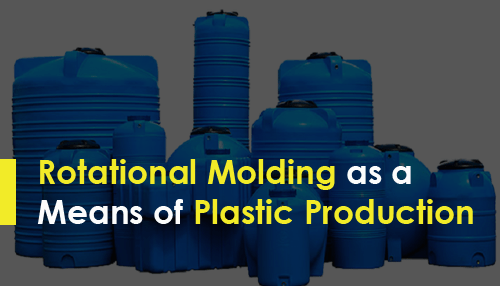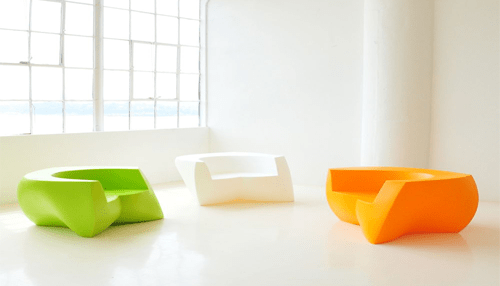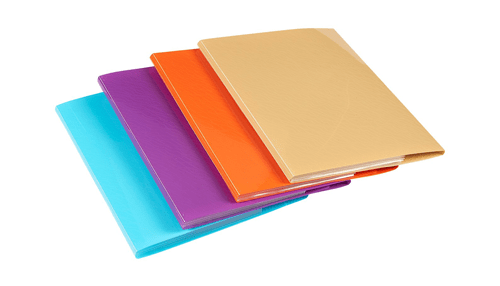Plastics businesses have become big as the global plastics industry is worth an estimated $13.2 billion and continues to grow. This growth isn’t much of a surprise considering how dependent the human race has become on plastics. From smartphones, toys, to car parts, plastic has found use in many products. Rotational molding is a fast-growing means of plastic production in a variety of global industries.
The process involves a series of steps that include heating, melting, shaping, and cooling to form hollow and rigid plastic shells. A lot of manufacturers of hollow-type plastics have shifted to rotational molding over other plastic molding methods. Why this preference, though?
A Large Variety of Designs
With rotomolding, it is easy to design many shapes. Since the process involves pouring hot plastics into a mold, the final form of the product takes on the shape of the mold. Other methods of plastic molding, such as compression molding, or blow molding, do not achieve the same level of shaping. The process is responsible for creating several double-walled containers, including kayaks, traffic cones, diesel fuel tanks, and pallets, among others.
Quality Finishing
Since the plastic takes the specific shape and texture of the mold, the final products have a high-quality surface finish. Using rotational molding, it’s easy to achieve a pristine glossy finish on the surface of the product. It is also possible to add decorations in the mold and come up with vibrant, custom graphics in the final product.
Different Size Options
Rotational molding can create a large variety of products. From ping-pong sized plastics to 10,000-gallon tanks, the options are numerous. The process can accommodate a variety of castings and can come up with products that range in size from a few pounds to 1,000 pounds. This vast diversity of products makes rotomolding an ideal option for many plastic makers.
Addition of Inserts
When performing rotational molding, it’s possible to add metal inserts. And unlike other processes that make it cumbersome to put these metal inserts in place, rotomolding makes putting in metal inserts very simple. The assembly techniques may easily be altered during the process, making the addition of inserts cost-friendly as well.
Simpler Color Sectioning
If you want a product with different colored sections, then rotomolding allows you to create blends of color. Color blending may be done in-house to a variety of shades. Some available colors include marble, carbon black, sandstone, turquoise blue, and cadmium yellow, among others.
High Durability
While performing rotational molding, the final product is molded together as one solid piece. In doing so, the process eliminates the need for any joining techniques such as joint fabrication or welding. Rotomolding, therefore, eliminates any potential weak spots that may interfere with the final product’s structural integrity.
Low-Cost Tooling
The process involved in rotational molding requires low pressure without the need to eject the product or carry out in-mold cooling. This low operating pressure allows for the crafting of rotational molding tooling from low-cost metals such as aluminum. Cast aluminum molds are easy to use, even while cooling.
Rotational molding has proven its salt as a vital means of plastic production by giving rise to an abundance of plastic products.




